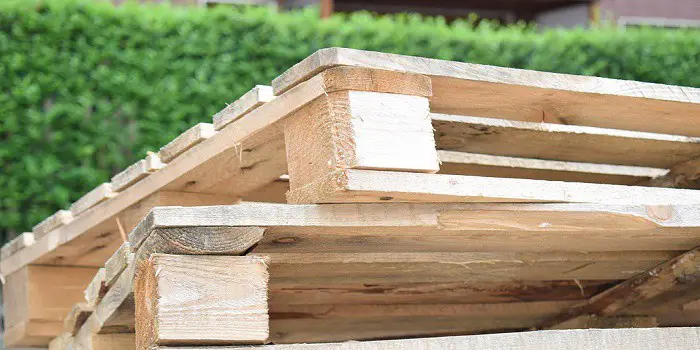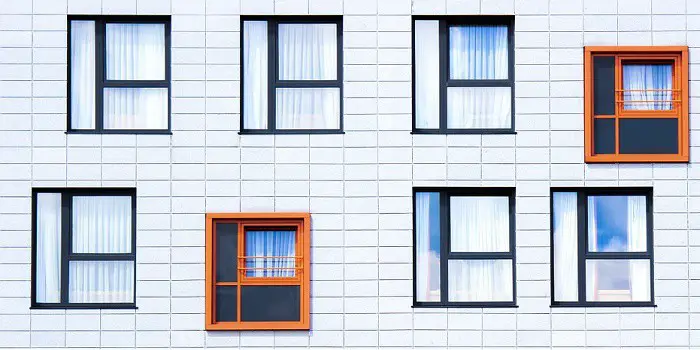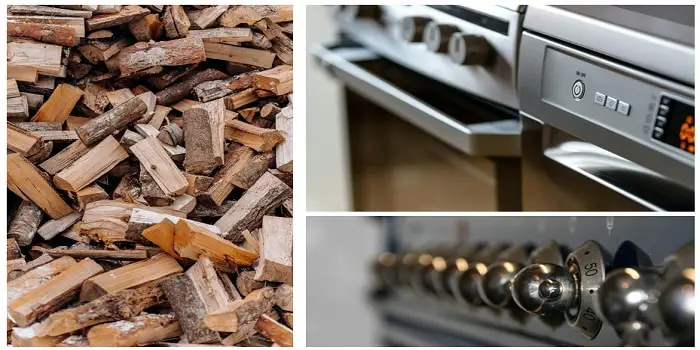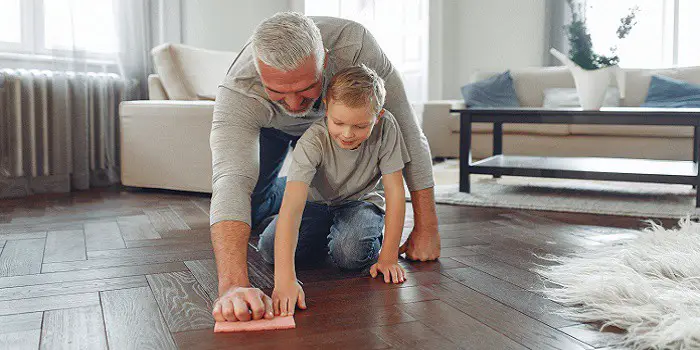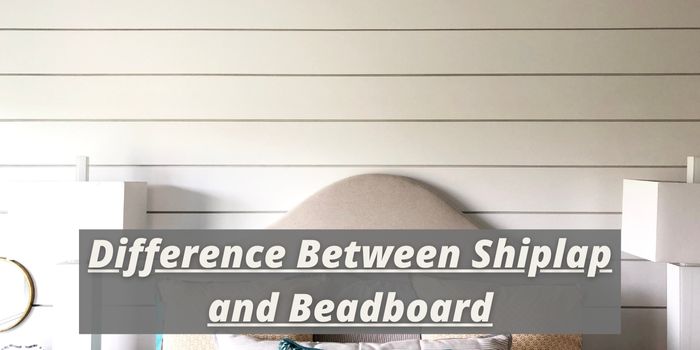
In the days when wood was the primary building material for ships, housing, and other structures, the connection of the wood planks or panels presented issues with allowing water to seep inside.
To counteract that possibility, different types of joint designs were created to seal such gaps and create a waterproof hull, wall, or ceiling.
Two of the most common joint designs are shiplap and beadboard.
And while not as commonly used today thanks to the introduction of new materials, they are still quite prominent in many homes.
In essence, both shiplap and beadboard are now mostly considered for their decorative effect. For those who are deciding between different types of interior design, shiplap and beadboard are near the top of the list.
But what are shiplap and beadboard, what makes them unique, and what are the common differences between them?
What is Shiplap?
Shiplap consists of long planks and overlapping rabbet joints that create gaps of 90 degrees which then lap over the next plank.
The mating tongue and rabbet are normally the same thickness, so the joints are tightly fit.
The name derives from its origins as it was used on vessels for waterproofing purposes. Shiplap is now commonly found in many interior designs of homes and offices.
Its use in wall paneling is quite popular as it is both attractive and inexpensive. The traditional use of shiplap has been for the exteriors of buildings for the purposes of cladding.
Apart from wooden vessels, shiplap is commonly used on the exterior of cottages and barns.
The planks may be arranged either horizontally or vertically to prevent water and the elements from getting inside.
Because of its appearance, shiplap is also used in many renovation projects on ceilings, floors, and walls.
What is Beadboard?
Sometimes called wainscoting, beadboard can be found in many homes and some offices.
Typical rooms that include beadboard are kitchens, bathrooms, and other areas that are exposed to moisture. It is quite versatile and can be customized to many different situations.
Beadboard differs from shiplap in that it consists of wooden planks that are narrowly spaced. They have raised beads every one to two inches.
You can visualize the beadboard as a sheet of wood that has grooves. You’ll find it used on ceilings and walls often for decorative purposes.
Beadboard is quite common and readily available. Plus, it can be used in most places in the home. The main purpose is decorative in nature, and beadboard comes in several different styles and sizes.
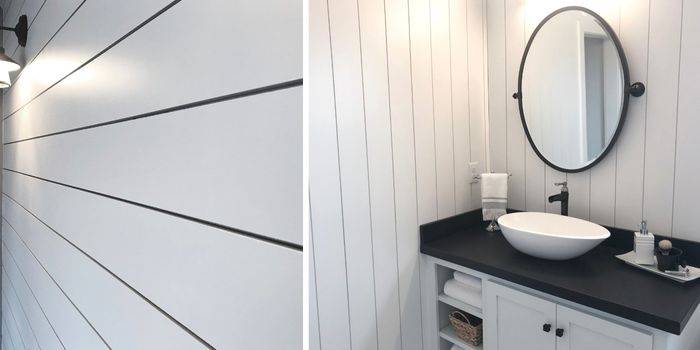
Differences Between Shiplap and Beadboard
Despite their similarities in terms of use and general appearance, there are some stark differences as well.
Connection:
The main difference between shiplap and beadboard is how each plank is connected. Shiplap consists of long planks that are connected to each other by an overlapping rabbet joint.
This creates a 90-degree gap between the adjoining boards.
Beadboard has vertical grooved panels that have the tongue on one side and the groove on the other.
The result is that the boards or planks fit together differently compared to shiplap.
Installation:
Beadboard is rather labor-intensive to install, thanks to the tongue-and-groove planks. It tends to take a considerable amount of time.
However, recent advances have created sheets of beadboard that is considerably easier to install, although still behind shiplap in terms of time and the labor required.
Shiplap is far easier to install as the boards or planks simply fit together. An installer simply fits the plank in the proper position and secures it with a series of nails.
Style:
The visual difference between shiplap and beadboard is probably the most striking. Shiplap is made up of long planks that overlap each other.
They are typically mounted horizontally, and the result is a seal between the planks that are weatherproof. You may see slight gaps when the joints are not perfectly aligned.
And this may result in dust and debris collecting in such areas.
Beadboard consists of long, monolithic sheets. Visually, it looks like the traditional tongue-and-groove paneling that uses glue and nails instead of simply being fitted together as with shiplap.
Both shiplap and beadboard may be made from different varieties of wood, but how they connect is considerably different.
Today, shiplap and beadboard are primarily used as decorations for homes to add a unique style and visual flair.
Combined with the different styles of wood paneling, a unique visual presentation can be made using either one of the joint techniques.
Beadboard is more versatile, but it suffers from being more difficult to install. This means that compared to shiplap it takes more time and labor to place beadboard in the home.
Shiplap is considerably less versatile, but it is quite easy to install, thanks to the interlocking series of planks.
For those who have strict restrictions on their budget, shiplap is probably the better option.
However, for those who can spend more money, beadboard carries more versatility which means that it may be better suited to your specific needs.
This will depend on the situation and the extent of the installation.

Hi, I am Mark Garner a professional carpenter, woodworker, and DIY painter. I live in the small city of Peoria, Arizona as a semi-retired woodworker. I have started this blog with a simple motive to help you with my wood experience in this sector. If you like to know more about what I love doing and how it all got started, you can check more about me here.

